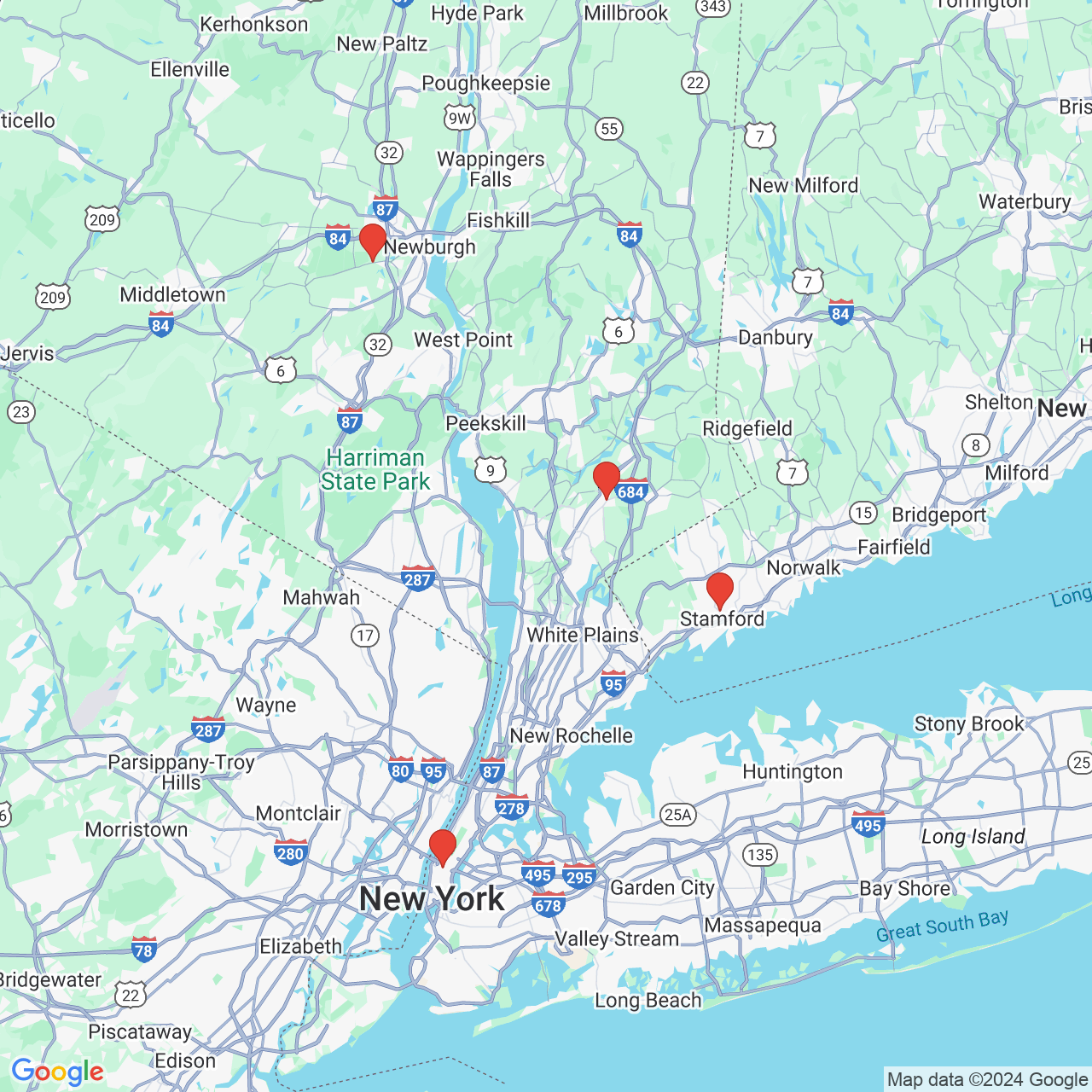Autologous Breast Augmentation
Genetic predisposition on where fat is stored, as well as changes in the breasts after pregnancies and breastfeeding are common reasons that women desire breast augmentation surgery. Implant breast augmentation is the most common form of breast augmentation. However, your own tissue (autologous) can also be used for breast augmentation, and may be the best option in select circumstances.
Lateral thoracic flap
The excess skin and fat on the outer chest and back can be used to augment the volume of the breast. In a lateral thoracic flap, the skin and fat and blood vessel branches that nourish this tissue are rotated under your own breast tissue. The advantage of this procedure is that this is your own warm, permanent, living tissue.The disadvantage of this procedure is that it requires an extra scar along the side of the chest, extending towards the back. In addition, it requires one overnight stay in the hospital.
Microsurgical perforator flap
Most people do not deposit a large amount of excess fat on their outer chest and back. When more volume is needed for breast augmentation, another option is using the fat from a more distant site on the body. This procedure requires the microscope to connect blood vessels so that the large amount of fat lives. The advantage of this procedure is that a large amount of fat can be used for breast augmentation. The disadvantages of this procedure are the extra scar at the donor site and a 4 day hospitalization. The donor sites that may be used for perforator flap microsurgical breast augmentation are the same as the donor sites used for perforator flap microsurgical breast reconstruction.
Micro fat injection
The fat that is removed with liposuction can be processed and injected into a different part of the body with a cannula. Some of the fat that is injected does not live. The portion of fat that does live is your own tissue and is permanent. Fat injection should be discussed with a patient's doctors to discuss issues such as breast cancer screening and future monitoring.
